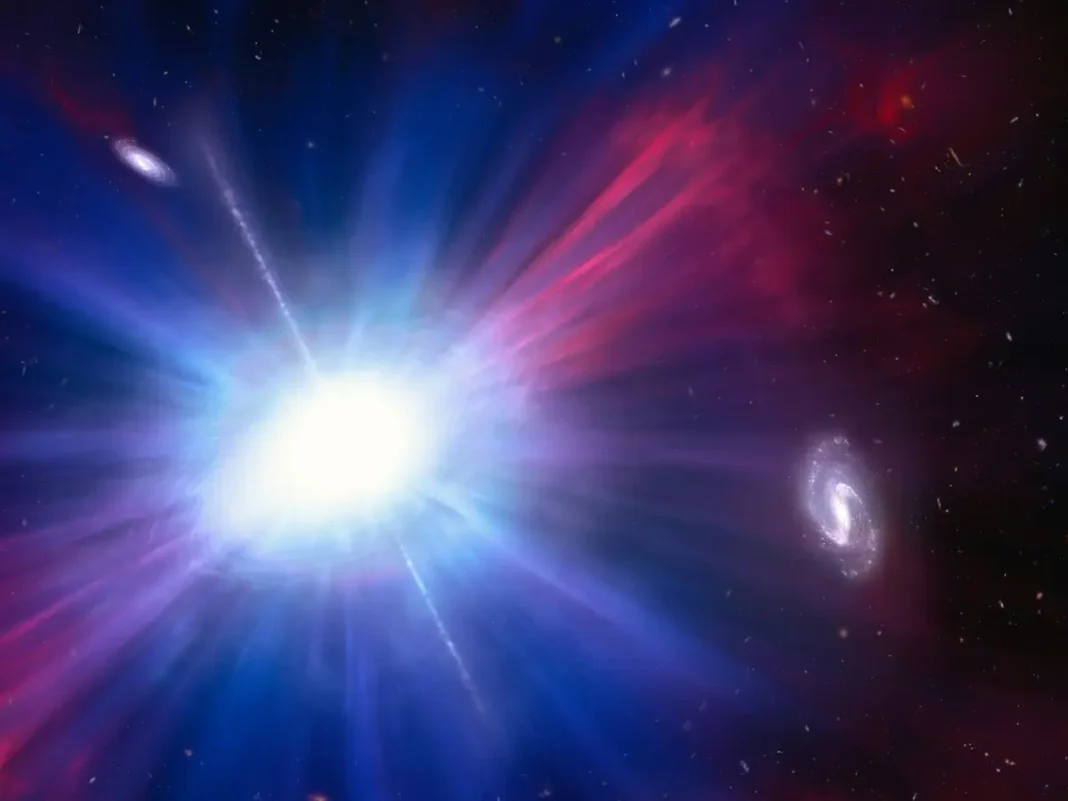Key Takeaways
- ESO scientists captured the first moments of a star’s death using the Very Large Telescope in Chile.
- The supernova SN 2024ggi exhibited an initial olive-shaped blast that later flattened.
- This breakthrough reveals the geometry of supernova explosions, a puzzle that has challenged astronomers for decades.
For the first time, astronomers have witnessed the immediate aftermath of a star’s explosive death. Scientists at the European Southern Observatory (ESO) captured the earliest moments of supernova SN 2024ggi in April 2024, revealing its initial shape and structure.
Unprecedented View of Stellar Death
Using the Very Large Telescope (VLT) in Chile, researchers observed the supernova in the galaxy NGC 3621, located 22 million light-years away. The finding, published in Science Advances on November 12, provides crucial insights into stellar evolution.
Yi Yang, an astronomer at Tsinghua University and study co-author, stated: “The geometry of a supernova explosion provides fundamental information on stellar evolution and the physical processes leading to these cosmic fireworks.”
The Shape of Destruction
The initial blast created an olive-shaped form. As material expanded outward and interacted with surrounding matter, it flattened while maintaining the same axis of symmetry. Researchers reconstructed this geometry by analyzing the polarization of the supernova’s light.
How Supernovas Form
Supernovas occur when massive stars—much larger than our Sun—exhaust their nuclear fuel. The star’s core collapses, causing outer material to fall inward before bouncing outward in a tremendous energy release. This “bounce shock” phenomenon has remained mysterious for decades.
Before its transformation, SN 2024ggi was a red supergiant star with 12-15 times the Sun’s mass and a radius 500 times larger.
Breakthrough Observation Technique
ESO scientists captured the short-lived “breakout” shape using spectropolarimetry. Lifan Wang, co-author and astronomer at Texas A&M University, explained: “The technique delivers information about the geometry of the explosion that other types of observation cannot provide.”





